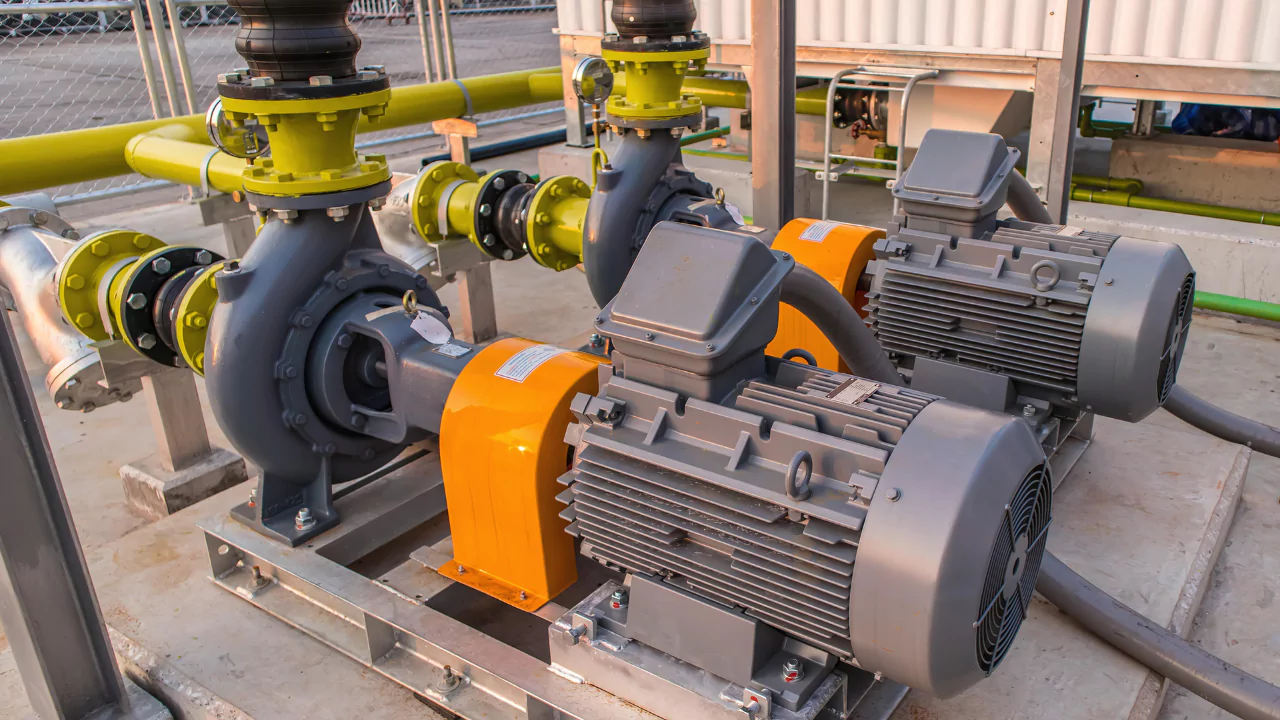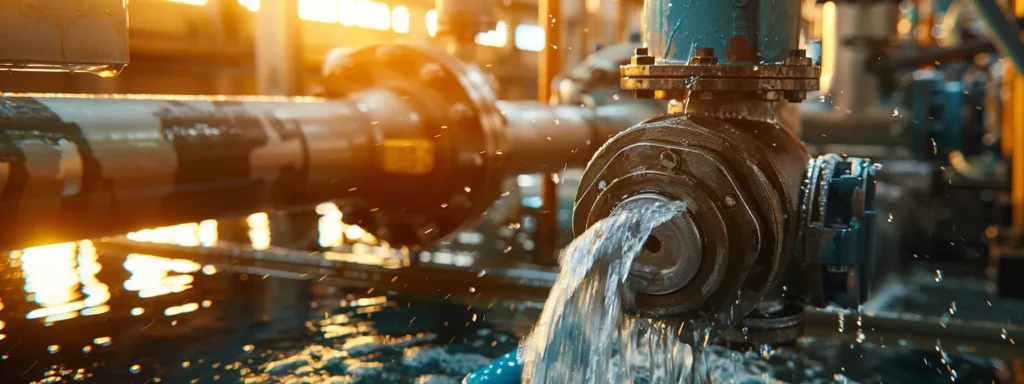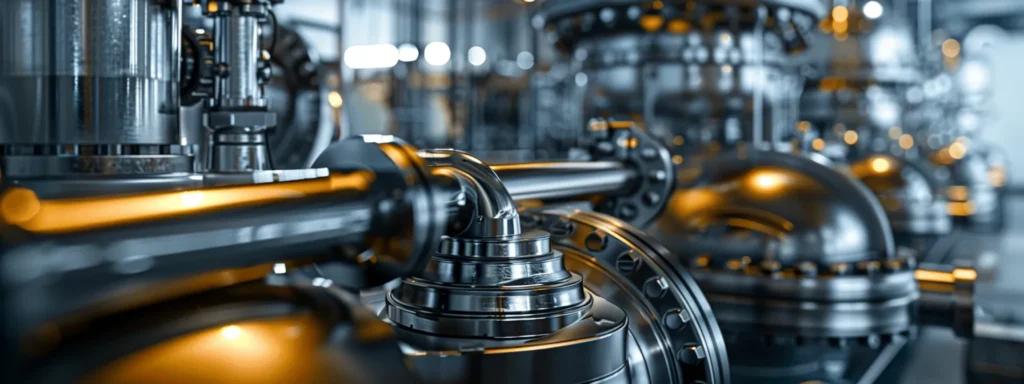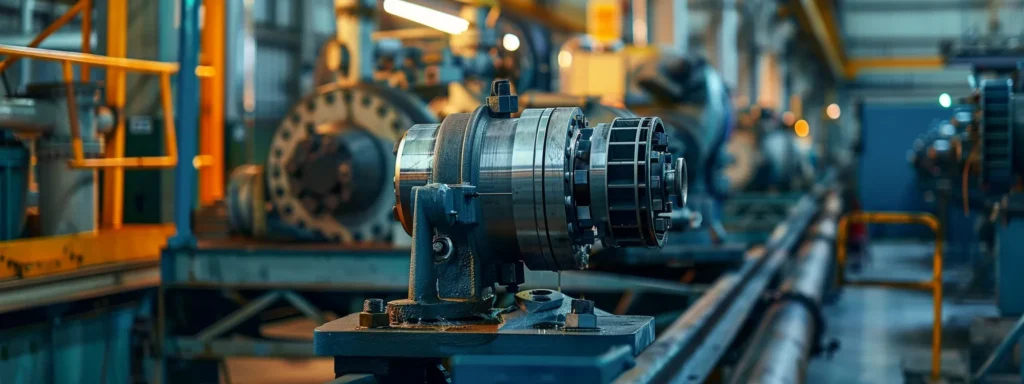
Positive displacement pumps hold a crucial role in the mechanics of modern industry. Offering precision and reliability, these workhorses of the industrial world ensure the smooth operation of processes across various sectors. They are distinguished by their ability to move a fixed amount of fluid with each revolution or cycle, making them indispensable in an array of applications. From oil and gas to pharmaceuticals, the significance of these pumps cannot be understated. Below, we explore their benefits and the industrial reliance on their unique capabilities.
The Role of Positive Displacement Pumps in Various Industries

Positive displacement pumps have a broad industrial footprint, serving as the backbone for many sectors. They are essential in oil and gas industries for their ability to handle a spectrum of fluids at high pressures. Chemical manufacturing industries also lean heavily on their precise volumetric flow rates, ensuring consistent process conditions. This adaptability makes them a cornerstone in sectors that demand tight control over their fluid handling systems.
The food and beverage industry favors positive displacement pumps for their gentle handling of sensitive products. These pumps preserve the integrity of materials like syrups and creams, which could be damaged by more turbulent transfer methods. Similarly, in the pharmaceutical industry, the sterility and precision provided by these pumps enable the manufacture of safe and effective products. With strict industry regulations, the reliability of these pumps is non-negotiable.
In the agricultural sector, the robustness of positive displacement pumps comes to the forefront. They excel in handling viscous fluids like sludge and waste, which are common in farming operations. Water treatment facilities also employ these pumps, valuing their consistent performance and the ability to manage varying fluid consistencies without compromising efficiency.
Handling Viscous Fluids: The Strength of Positive Displacement Pumps

When it comes to managing viscous fluids, positive displacement pumps demonstrate a distinct advantage. They are capable of maintaining efficient flow rates despite the viscosity of the fluid. This capability is crucial in industries such as petroleum and food processing, where fluid viscosities can vary widely.
The design of these pumps allows for steady, shear-sensitive transfer, which is imperative when dealing with complex fluids that could be altered or damaged by high shear forces. In pharmaceutical and biotechnology industries, this quality is invaluable in preserving the biological and chemical integrity of products during manufacturing processes.
Not only can these pumps handle high-viscosity fluids, but they can also pump them at higher pressures compared to centrifugal pumps. This makes them suitable for high-pressure applications such as hydraulic systems, where they often outperform other types of pumps. The pressure capability is a function of the pump's mechanical design, which typically includes tight clearances and robust materials.
Positive Displacement Pumps and Their Operational Stability Benefits

Operational stability is another hallmark of positive displacement pumps. They provide a stable flow even when there are fluctuations in suction conditions or discharge pressures. This stability is paramount in processes where a consistent flow rate is essential for maintaining product quality, such as dosing or coating applications.
The pumps' operational stability also aids in reducing the mechanical stress on system components. Predictable and smooth operation translates to a longer lifespan for both the pumps and the system they are a part of, ultimately resulting in lower lifecycle costs. This stability is especially advantageous in continuous operations that cannot afford frequent shutdowns or disturbances.
Moreover, the pulsation typically associated with positive displacement pumps can be beneficial in certain applications, such as in mixing or blending processes. The gentle pulsation can aid in homogenizing mixtures without introducing excessive air or creating emulsions, maintaining product quality.
Longevity and Cost-Effectiveness of Positive Displacement Pumps in Industrial Use

The longevity of positive displacement pumps is a compelling argument for their adoption in industrial settings. Their robust construction typically results in a longer operational lifespan compared to other pump types. This durability ensures that the initial investment in these pumps pays dividends over time, as the need for replacements or frequent repairs is minimized.
Cost-effectiveness extends beyond longevity. Due to their precise flow control, these pumps reduce the wastage of materials, thereby lowering both the direct material costs and the indirect costs associated with waste disposal. In industries with high-value fluids, even a small reduction in waste can lead to significant financial savings.
Altogether, the benefits of positive displacement pumps in industrial applications are multifaceted, covering efficiency, versatility, stability, longevity, and cost-effectiveness. Their essential role in various industries showcases their adaptability and the critical value they provide to operations that require meticulous fluid control and handling. It's clear that their continued use will be a staple in aiding the complexity and demands of industrial processes far into the future.
Keep an eye for more latest news & updates on Well Known Figure!



